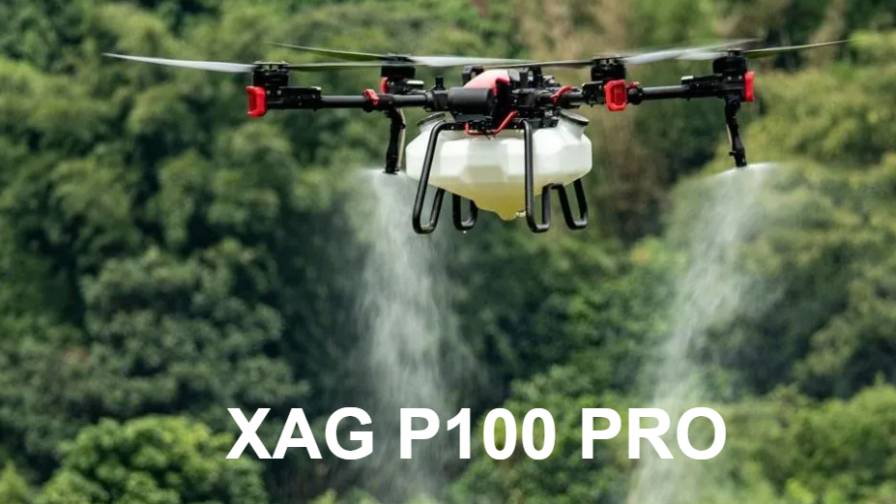The Four Pillars of Effective Hiring in Agribusiness (Part 1)
The interview and selection process can be challenging for many managers. It can be downright daunting considering a new study by Forbes that confirms 70% of job applicants admit to lying on a resume, and 76% have exaggerated items in their cover letter!
Therefore, just because candidates appear great on paper does not mean they will perform well in your open position. Studies like this and increasing employee turnover rates (the annual percentage of employees leaving an organization) confirm that a resume and an interview focused on the role and past experiences are no longer enough to get a feel for a candidate’s true potential in your organization.
The key to hiring the right talent for your team in this environment requires a shift in how you create roles, interview candidates, and hire employees to build and retain a high-performing team. That shift requires expanding the traditional method of interviewing that focuses on WHAT a person has done in the past and includes much more detail on WHO they are and HOW they work. This critical step can be accomplished by considering a candidate’s fit into four distinct categories called the “Four Pillars of Effective Hiring.” Each category is critical to hiring someone who can do the job and ensuring they fit your team.
The Four Pillars include:
- Culture — Are they a natural fit for this organization’s culture?
- Behavioral — Are they a good, natural fit for the role?
- Performance Profile — Will they use their skills and get the job done?
- Skills — Do they have the basic skills to do this job?
In the book “Good to Great,” Jim Collins introduces the concept of ‘First who, then what.” He refers to an organization as a bus, where you need to focus on who belongs on your bus (your company) first, then determine the right seat (role) for them to excel. Unfortunately, most organizations tend to do the opposite. They are so focused on an open seat (role) in their bus, they naturally focus on the skills required for that position and don’t take the time to see if that person will be a great fit for the team.
This article is the first of a two-part series that will build on this concept with The Four Pillars of Effective Hiring. This article will focus on the first two steps — culture and behavior. Next month, we will provide insights into performance profiles, skills, and strategies to implement the overall process.
Culture
The most challenging, and perhaps most important, step-in hiring is cultural fit. Everyone has a past job they distinctly remember, and every manager has an employee who stands out. Often, those positive memories are created by a scenario where you were a great fit for the company culture and enjoyed the environment, while negative memories of jobs or employees were highlighted by those situations where it was a bad match.
This is why culture is the most important aspect of retaining employees. Employees who lack skills and experience can be trained to succeed. However, employees who don’t mesh with your organization’s values won’t be satisfied, have the potential to create a toxic work environment, and therefore have a low probability of success. This makes them very likely to leave or be asked to leave.
The first step is to assess your own organization. Culture may not be tangible, but it appears in behaviors and conversations. You can see it, and you can hear it as you look at your team. Before you know what questions to ask candidates, you need to understand your team to see how well they align with your values. Here are a few items to consider:
- How are your team members acting in meetings or team gatherings?
- Do they ask questions?
- Do they offer their opinions?
- How do your leaders react when challenged by a team member or offered a different perspective?
- Are your employees comfortable with raising a concern or an issue?
- How do they make decisions or share knowledge?
- How do they speak with your customers?
Once you have the details of HOW your team works, you can easily implement questions to help you measure a candidate’s compatibility with your team. Here are a few examples of questions you could ask:
- What does a positive company culture look like to you?
- What does work-life balance mean to you?
- What five things are most important to you in a job?
- Is it more important to work fast or do the job right?
- Have you become close friends with any colleagues in your previous (or current) workplace? What do you think about having close relationships with your coworkers? Is this a good or bad practice?
- Describe a situation where your colleagues disagreed with your ideas. What did you do?
- Do you prefer working alone or as part of a team? Please explain your answer.
- What is your opinion about taking work home with you? Do you usually take your work home? Is it good practice in your opinion?
- Name three things you like about our company.
Behavioral Style
Have you experienced situations where you are part of a talented team of employees, but the team isn’t as effective as it could be or should be? Conversations go off-track no matter how hard you try to communicate. There is an employee that you can’t get through to no matter how hard you try. You may even find yourself thinking, “I don’t get it. These are good people with the right skills. Why isn’t this working?”
The reason for these scenarios is often attributed to behavioral style. All of us have our own behavioral styles. Regardless of skills and experience, each person has a unique way of acting or reacting in situations. Behavioral style provides insight into why we act as we do. For the most part, behavioral patterns can be broken down into four distinct styles:
- The Analytical. These types do a lot of questioning in order to gather endless facts and are not highly emotive. They tend to be reserved, love data in any form, and move cautiously. They react poorly to pressure and take lots of time to make decisions.
- The Amiable. These types also do a lot of asking. They are a bit more emotive and are very concerned with relationships, harmony, and consensus. They are rarely confrontational.
- The Driver. These individuals are in-your-face types who tell you exactly what’s on their mind. They are direct. They focus on results, look at outcomes, have little patience for more than one or two questions, and are not afraid to step on their toes.
- The Expressive. This person is also a teller. They do not ask a lot of questions, but they are highly emotive. They tell stories, try to build on your ideas, and are very concerned about relationships and people-related issues.
The best way to determine an individual’s actual style is with an accredited assessment tool. They are simple, effective, and inexpensive — especially when considering the financial impact of a bad hire! Behavioral assessments provide a glimpse into an individual›s natural strengths compared to specific job roles. For example, an individual with assertiveness and strong attention to detail is likely well-suited to managing projects, while an individual with a high level of assertiveness and sociability is often a great fit for sales.
These same tools can also be used to identify a candidate’s potential for leadership and how effective they will be with your team. They can help identify traits most often associated with effective leadership, such as assertiveness, independence, and resilience. By assessing an individual’s scores on these traits, personality assessments can help identify people who have the potential to be successful leaders. Additionally, by using the results to understand the natural tendencies of each member of a team, managers can develop strategies to improve communication and build a more productive team.
According to Harvard Business Review, 80% of turnover is due to bad hiring decisions. As an 18-year veteran of executive recruiting, I can confirm that statistic is spot-on, with the data supporting this in conversations with frustrated managers of underperforming employees or frustrated employees sharing reasons why they are seeking a new opportunity. These bad hires are often made because the manager hired the person they “liked the best” and overlooked steps to ensure they were THE best. While instinct and liking a person are important to the decision-making process, it should not be the only part. Integrating these culture and behavioral style components into your interview process will help your organization be far more effective in identifying the best person for the job.






